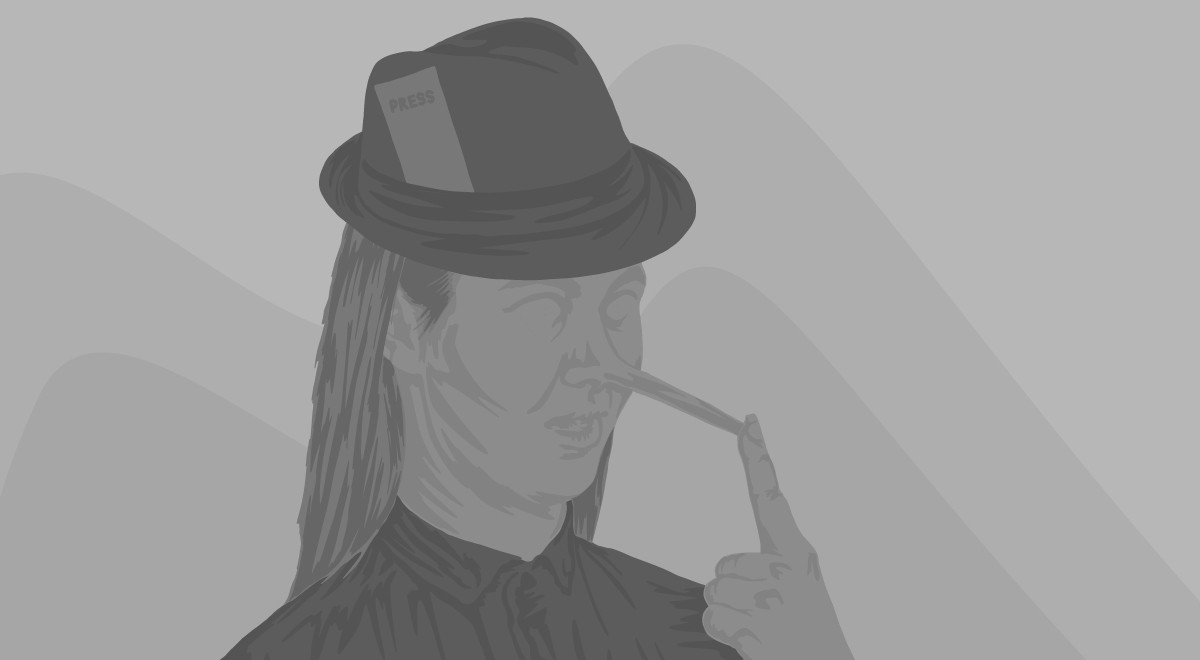4. The NYT’s
backing of the 1619 Project, even in the face of glaring inaccuracies and
pressure from both sides, shows ideology more than objectivity.
Throughout the second half
of the 20th century and into the 21st, the NYT has continued to report on and frame
major world events in a way that puts impartiality on the backburner,
sacrificing journalistic integrity to further some other agenda. From the
Soviet Union’s repression of its own people to Hitler and the Holocaust to
Fidel Castro and Vietnam, the New
York Times repeatedly fails to deliver simple unadorned truth,
“without fear or favor.”
The most recent batch of
systematic failures began August 14, 2019, when the New York Times’ Sunday
magazine devoted all 100-plus pages of the issue to America’s legacy of
slavery. The editor of the magazine wrote that, “The goal of the 1619
Project is to...reframe American history by considering what it would mean
to regard 1619 as our nation’s birth year. Doing so requires us to place
the consequences of slavery and the contributions of black Americans at the
very center of the story we tell ourselves about who we are as a country.”
This was a chance to give
more narrative space to other historical events that have often gotten
short shrift. But more than adding to the story, the NYT had more ambitious
aims in mind: reframing America’s founding all together. Nikole
Hannah-Jones, the reporter who originated and organized the 1619 Project,
opened her essay with the bold, if vague, assertion that, “Our founding
ideals of liberty and equality were false when they were written.” By
placing 1619, the year when the first slave-bearing ship came to America,
at the center of the origin story, rather than the 1776 telling that places
severance from the British and a tradition of equal rights at the fore, the
whole tenor of the story changes. It’s inverted, even. Scholars wrote
articles that laid everything from junk food to deficient health care to
modern American capitalist forms to traffic jams at the feet of the slave
system.
The 1619 Project’s
reframing fundamentally changes America’s origin as a fight for freedom
from tyranny to a tyranny still to be thrown off. The country no longer
began as a city on a hill, exemplifying freedom, but a bastion of
oppression and exploitation.
The August 14, 2019,
magazine was a maiden voyage, but it has been followed up with a fleet of
textbooks and curricula for classrooms. The reframing feat that the NYT is attempting is
an extremely ambitious project. Maoist China and Soviet Russia did so, but
over generations and at the cost of millions of lives. The point is to give
a sense of scale and remind ourselves that retelling a nation’s history and
getting the nation to accept the new version is a massive undertaking and
has proven costly when attempted.
The Times is no stranger
to controversy, but what made this different was that it provoked deep ire
from both sides. Numerous reputable Ivy League historians specializing in
the antebellum South, slavery, and the Civil War weighed in and found many
articles deeply deficient and overly simplistic.
This all raises the
question: “What happened?” Ideally scholarship goes through a vetting
process, where knowledgeable peers critique ideas and help each other shore
up weak arguments, point out bias and blind spots. The evidence suggests
that the NYT
editors did not appear interested in this process of rigorous fact
checking, but published what they wanted to publish. One Stanford
historian, while distancing herself from some of the historians who first
weighed in as too soft on slavery’s impact, said that she emphatically
rejected some ideas that NYT
editors put forward, like the argument that the American Revolution was an
attempt to secure the slave trade. The Times
published an article to that effect anyway. And not only is the Times doubling down
and rejecting the advice and blowback from concerned historians (which Times editors
belatedly admitted they were not), reporters at the Times have continued
to promote an extensive program for the schools including textbooks and
curricula.
The Enlightenment of
centuries’ past advocated a skepticism that asked why and how. It was doubt
that fueled scientific inquiry and discovery. Critical theory by contrast
not only questions and doubts accepted knowledge systems, authority, and
undergirding psychological assumptions, but posits answers, filtering life
through an oppressor-oppressed dichotomy.
The Times is a private
company and thus well within its rights to produce these materials in
addition to their initial August 14, 2019, publication. But these are the
kinds of pieces that reveal a strong ideological bent. Persisting in
ideology further compromises an already sullied tradition of objective reporting.
Proceeding with the 1619 project in schools despite copious scholarly
objections shows their cards. They are choosing to play with a deck loaded
in favor of certain ideals and pitted against others.
Clearly, the Gray Lady
winked (or blinked, or deliberately closed her eyes) while Project 1619 was
being developed. This is a far cry from reporting impartially, “without
fear or favor.”
|




No comments:
Post a Comment